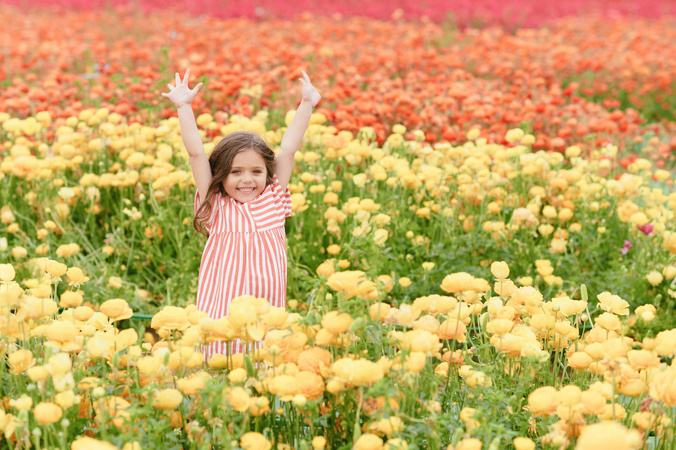“Have you noticed that the more we get, the less we tend to appreciate?
Children are very similar to adults in this regard. A child opening a pile of presents on their birthday might open one and toss it to the side while hurrying to open the next.
Christmas offers a similar challenge: At family gatherings and on Christmas morning, there are countless gifts to be opened. We enjoy decadent meals and a constant parade of desserts. How can parents teach gratitude in the middle of holiday excess?” (Dana Hall McCain)
Science has now shown that being grateful can have a positive impact on our mental and physical health. And for children, the benefits are significant.
Being Grateful
In a study entitled “Counting Blessings in Early Adolescents: An Experimental Study of Gratitude and Subjective Well-Being” researchers found that “children who practiced grateful thinking had more positive attitudes toward their school and their families.” And in a 2010 study of 1053 adolescents aged 14-19, those who were found to be more grateful had a higher grade point average, better life satisfaction, social integration and less envy and depression.
Cultivating a year-round practice of gratitude can have a profound impact on well-being. One of the most popular ways of implementing such a practice is to keep a gratitude journal, and it’s something every member of the family can do.
It is not uncommon when starting out to simply list the things you are thankful for in a fill-in-the-blank style format: I am thankful for my mom, my dog, my friends. But soon, the list gets repetitive and if logging in daily, it can become a half-hearted, perfunctory routine.
A More Sustainable Gratitude Practice
Dr. Robert Emmons, Professor of Psychology at UC Davis and leading scientific expert on gratitude, has written several books on the topic including “Thanks” and “Gratitude Works.” Here are some tips found in Dr. Emmons’ books that will help create a practice that is more meaningful and more likely to add to the benefits of being thankful.
- Be specific – put aside two minutes of time or write a few sentences on why you are thankful for a person, experience or thing. Specificity will help you recall details that will give deeper meaning.
- Focus on being thankful for people, not things.
- Commit to journaling just once or twice a week. You may want to add more days as you experience how it is changing your life.
Keeping a gratitude journal is sometimes referred to as a form of “interior gratitude” or feeling thankful privately. “Exterior gratitude” is expressing your gratitude to others. For example, showing your child how to give heart-felt thanks for a kindness that is done to them or helping them write a thank you note for a gift they’ve received.
How do you teach your children to be grateful for their holiday gifts and blessings?
“Reflect upon your present blessings, of which every man has plenty; not on your past misfortunes, of which all men have some.” –Charles Dickens




